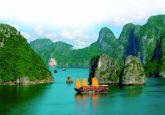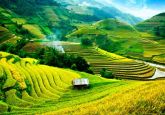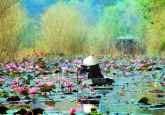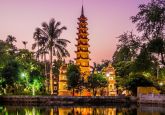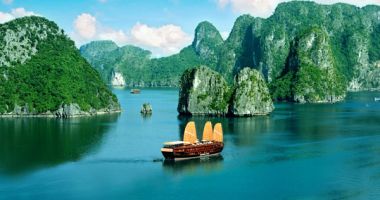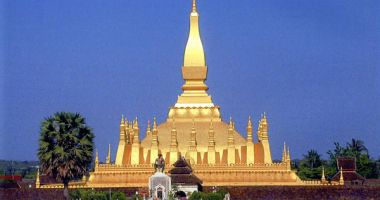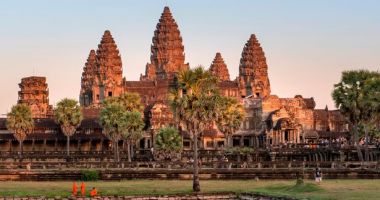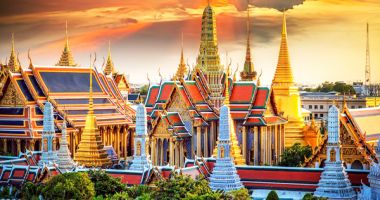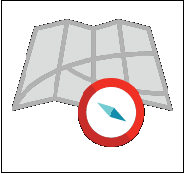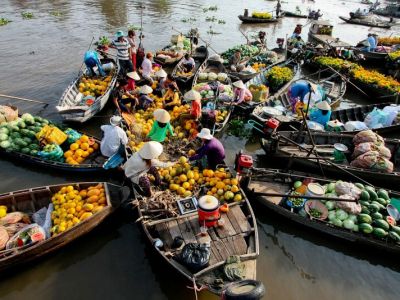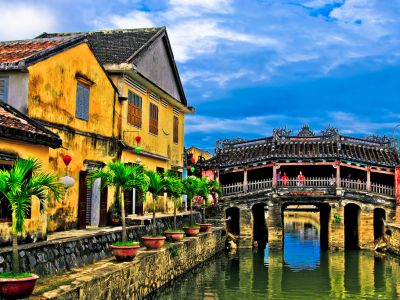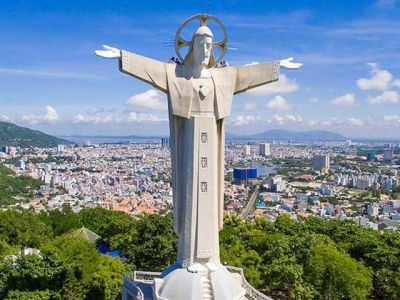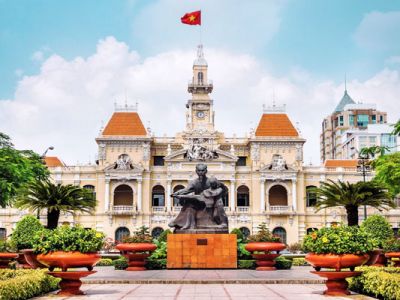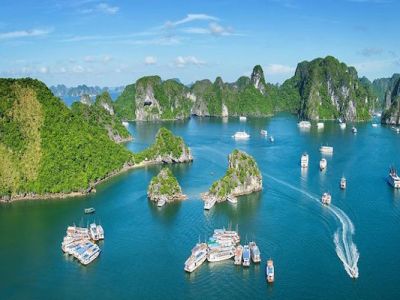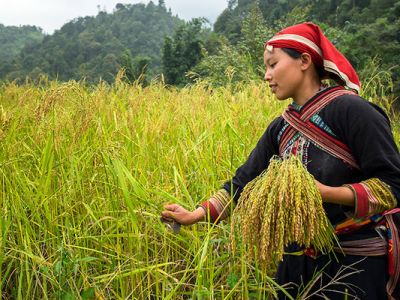Hanoi Travel Guide
COUPLE OF WORDS ABOUT Hanoi
One of the most important things that you should try to experience in Hanoi that is to taste delicious and traditional foods such as: Bun cha, Pho, Cha Ca La Vong, Banh cuon. By enjoying the specialties of Hanoi, you will get to know more about everything in Hanoi and get the deep impression from it.
GOOD TO KNOW ABOUT Hanoi
| Country | Vietnam |
| Hanoi Location | Northern Vietnam |
| Municipality Area | 3,358.6 km2 |
| Urban Area | 319.56 km2 |
| Population | 8,053,663 |
| Density | 2,400/km2 |
| GDP | US$32.8 billion |
| Time Zone | UTC+07:00 (ICT) |
| Phone Area Codes | 24 |
| Police Emergency | Phone No: 113 |
| Fire Emergency | Phone No: 114 |
| Ambulance | Phone No: 115 |
Hanoi OVERVIEW
Hanoi , also spelled Ha Noi, is the capital of Vietnam. Known for its long history of over 1000 years old and a rich culture with Southeast Asian, Chinese and French influences, Hanoi is one of the most fascinating capital in the world. This enchanting city is often the start or end point of a tour to Vietnam.
Located in the Northwest of Red River Delta, Hanoi was founded as Thang Long, the capital of Imperial Vietnam, in 1010 by monarch Ly Thai To. Thang Long would remain the most important political and cultural centre of Vietnam until 1802, when the Nguyen dynasty, the last imperial dynasty of Vietnam, moved the capital to Hue. Thang Long renamed to its current name Hanoi in 1831. In 1873, Hanoi was conquered by the French, and from 1883 to 1945, the city was the capital of French Indochina. The French colonisation left a lasting impact on the city's architecture that is visible today, as showcased through the juxtaposition of traditional Vietnamese architecture and French-styled avenues and edifices in the city centre.
From 1940 to 1945, Hanoi was occupied by the Japanese forces. On 6 January 1946, the National Assembly of the Democratic Republic of Vietnam designated Hanoi as the capital of the newly-independent country, which would last during the First Indochina War (1946–1954) and the Vietnam War (1955–1975). Following North Vietnamese victory in 1975, Hanoi has been the capital of a reunified Vietnam until today.
Currently, Hanoi has an area of 3,358.6 square km and an official population of 8,053,663 according to 2019 census. It becomes the second largest city in Vietnam after Ho Chi Minh City, and also the commercial, cultural, and educational centre of Northern Vietnam. Hanoi contains three basic kinds of terrain, which are the delta area, the midland area and mountainous zone. In general, the terrain is gradually lower from the north to the south and from the west to the east, with the average height ranging from 5 to 20 meters above the sea level. The hills and mountainous zones are located in the northern and western part of the city. The highest peak is at Ba Vi with 1281 m, located west of the city proper.
THINGS NOT TO MISS IN Hanoi
Hanoi TRAVEL MAP
BEST FOR TRAVEL IN Hanoi
WHEN TO GO TO Hanoi

HOW TO GET TO Hanoi
WHAT TO DO Hanoi
You Tell Us
We Work On
You Select Up
More About Hanoi Travel guide
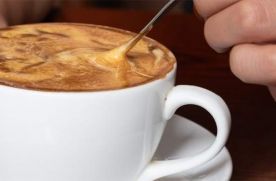
TOPIC: Vietnam
Find Best Egg Coffee In Hanoi, Vietnam
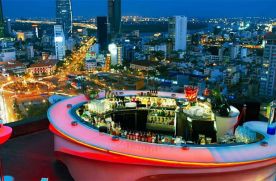
TOPIC: Vietnam
Night Life In Ho Chi Minh City, Vietnam

TOPIC: Vietnam

